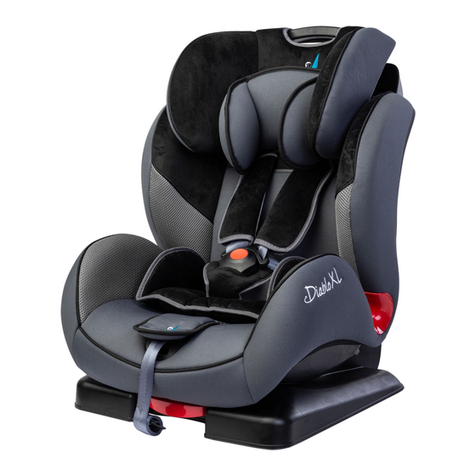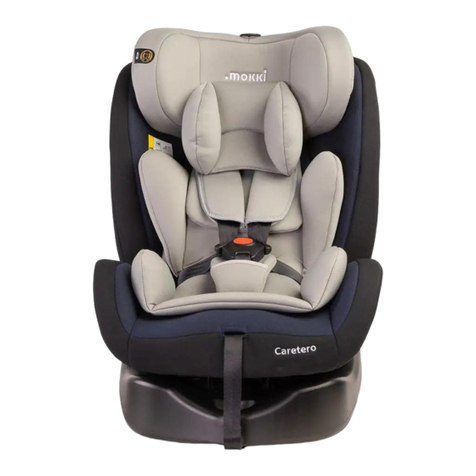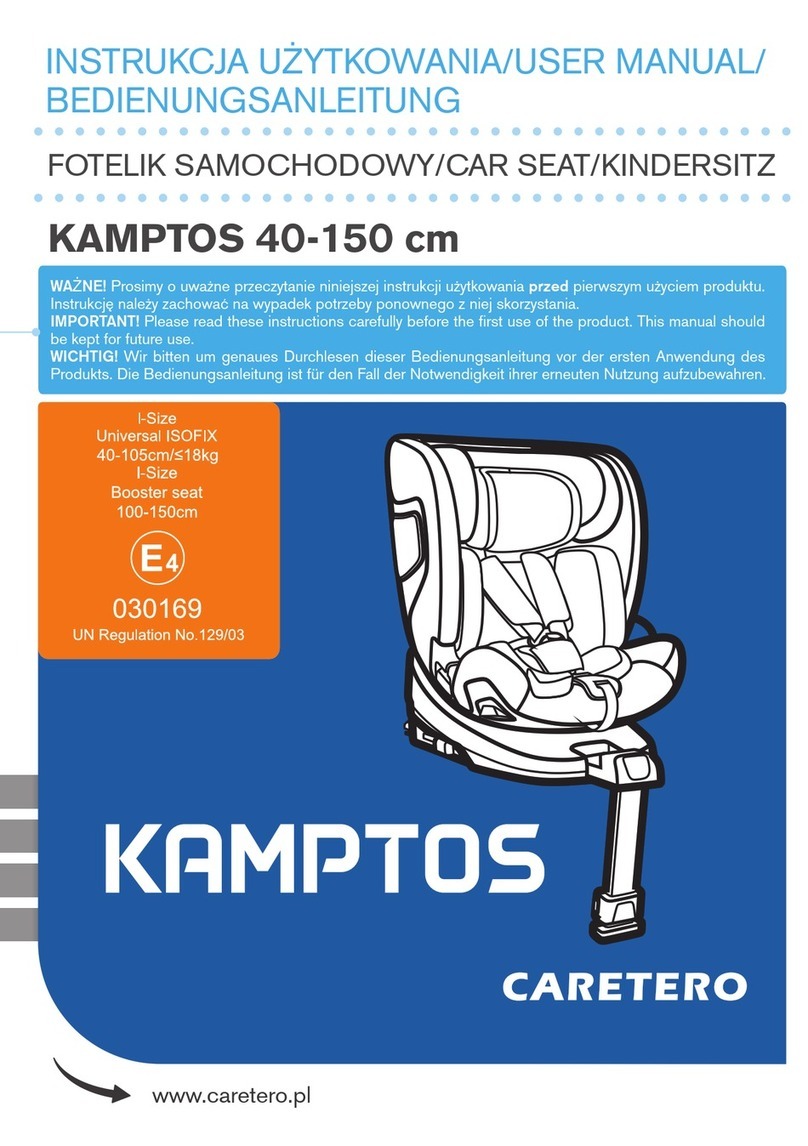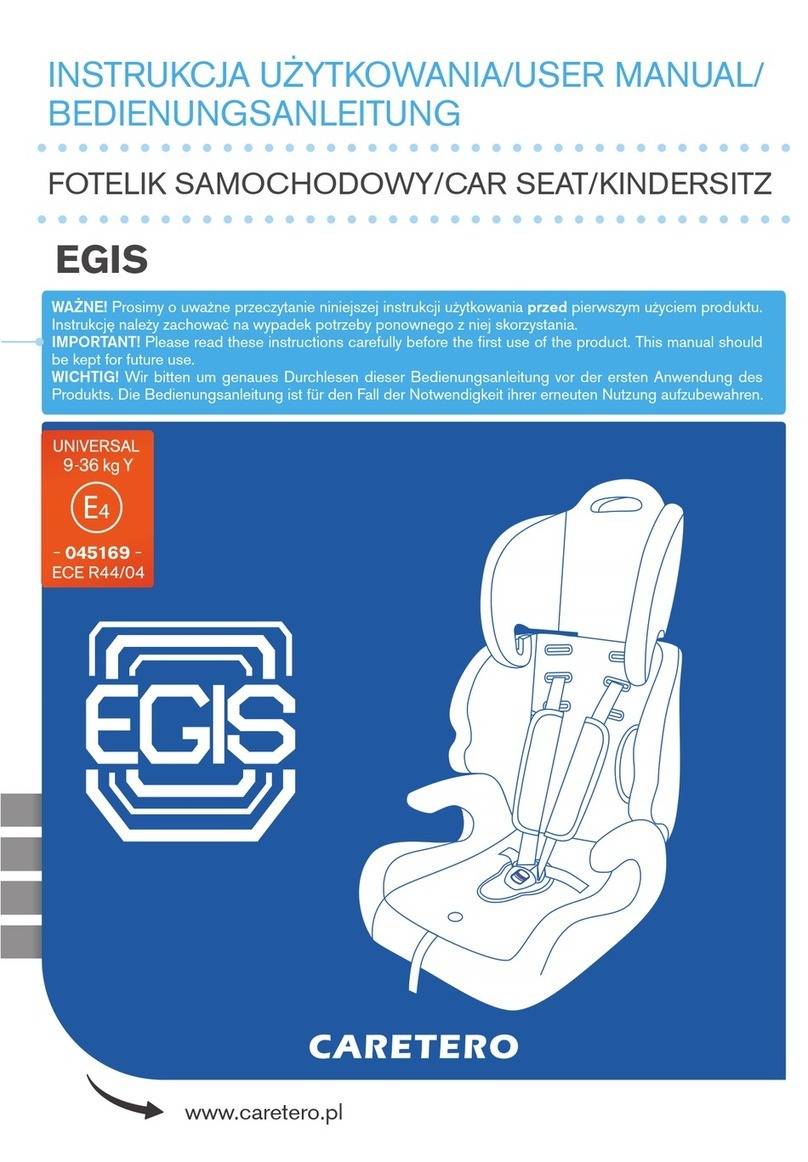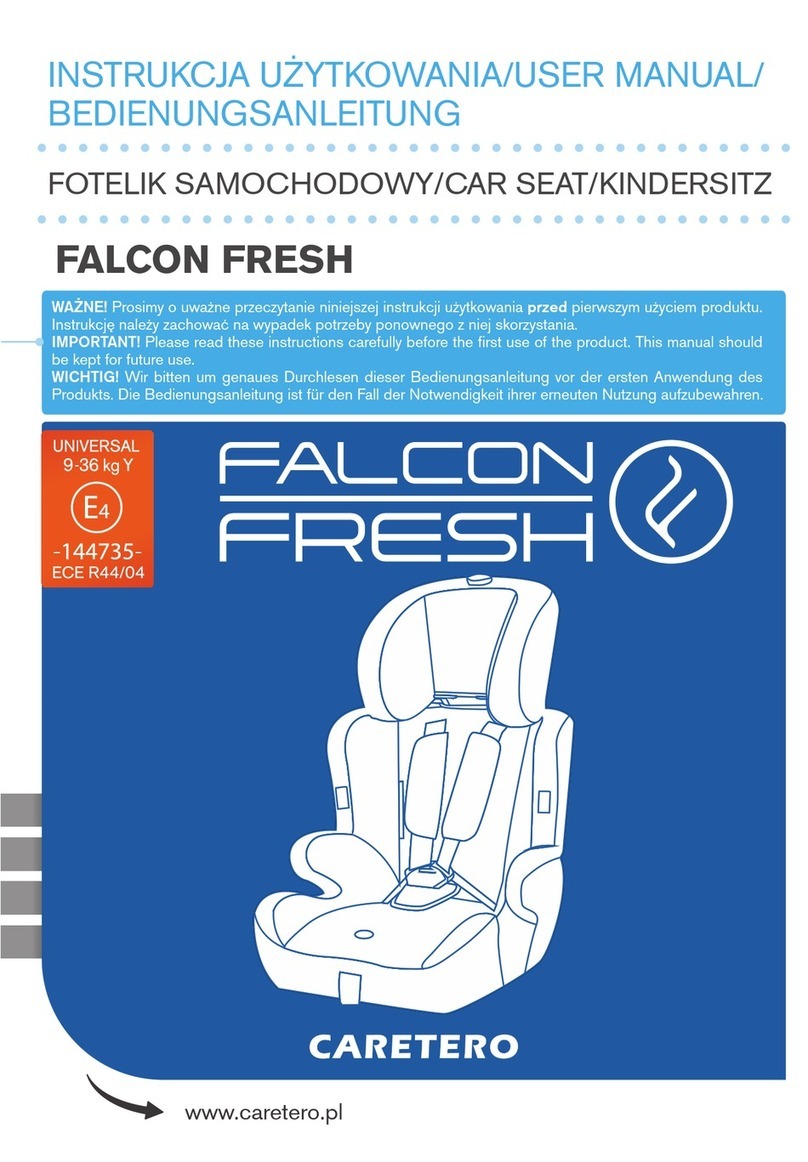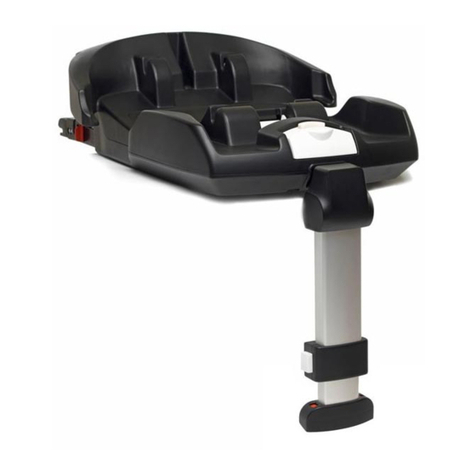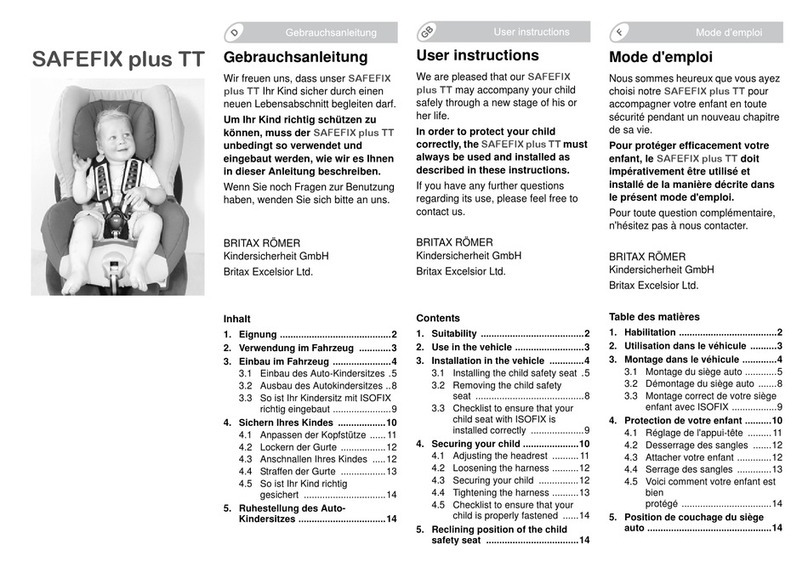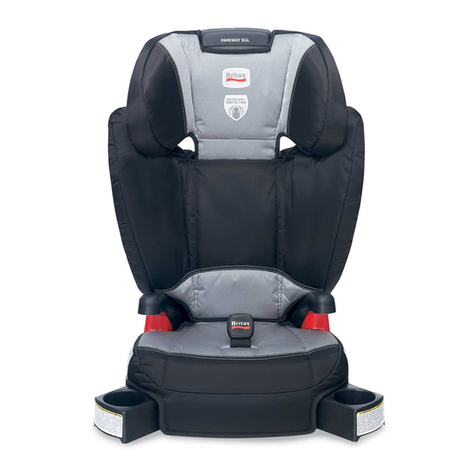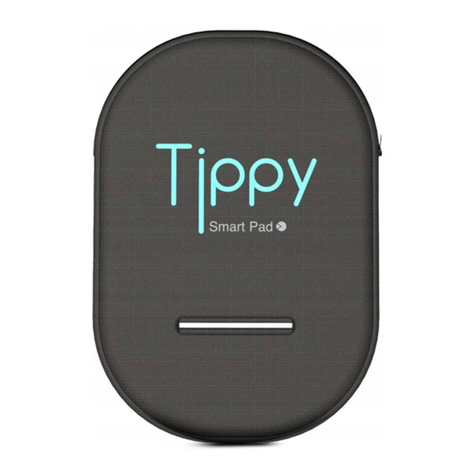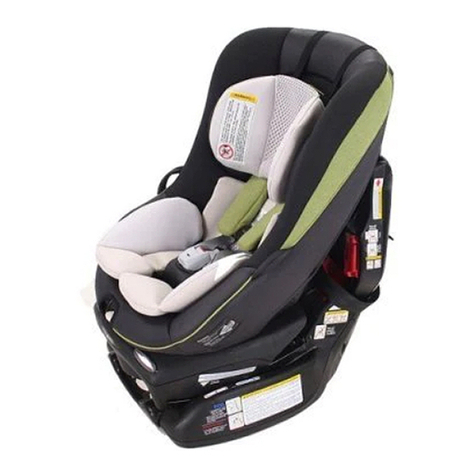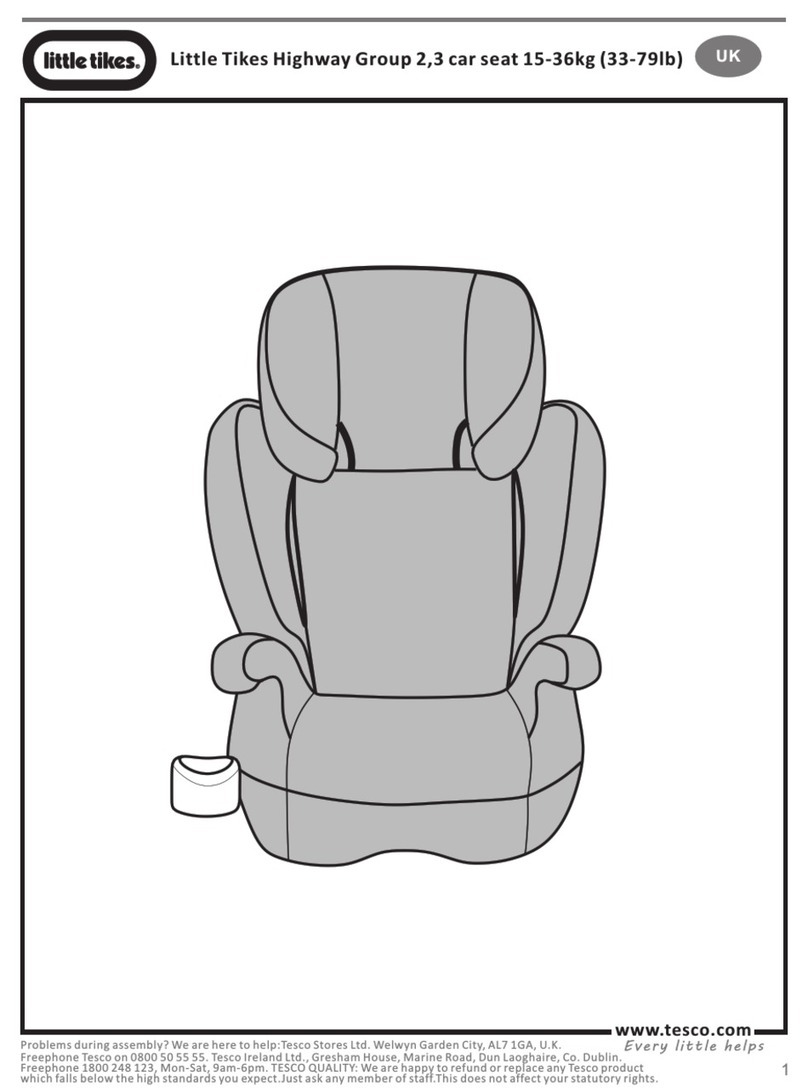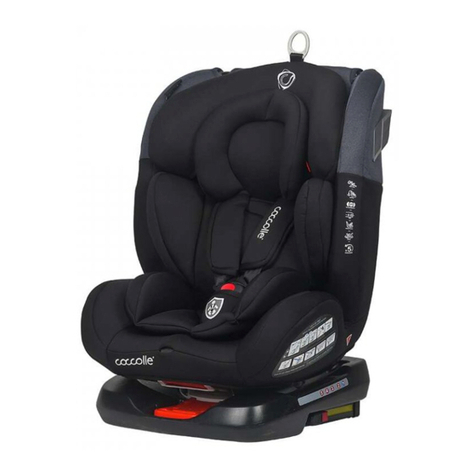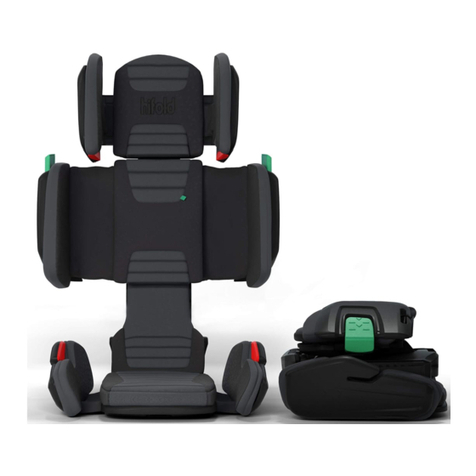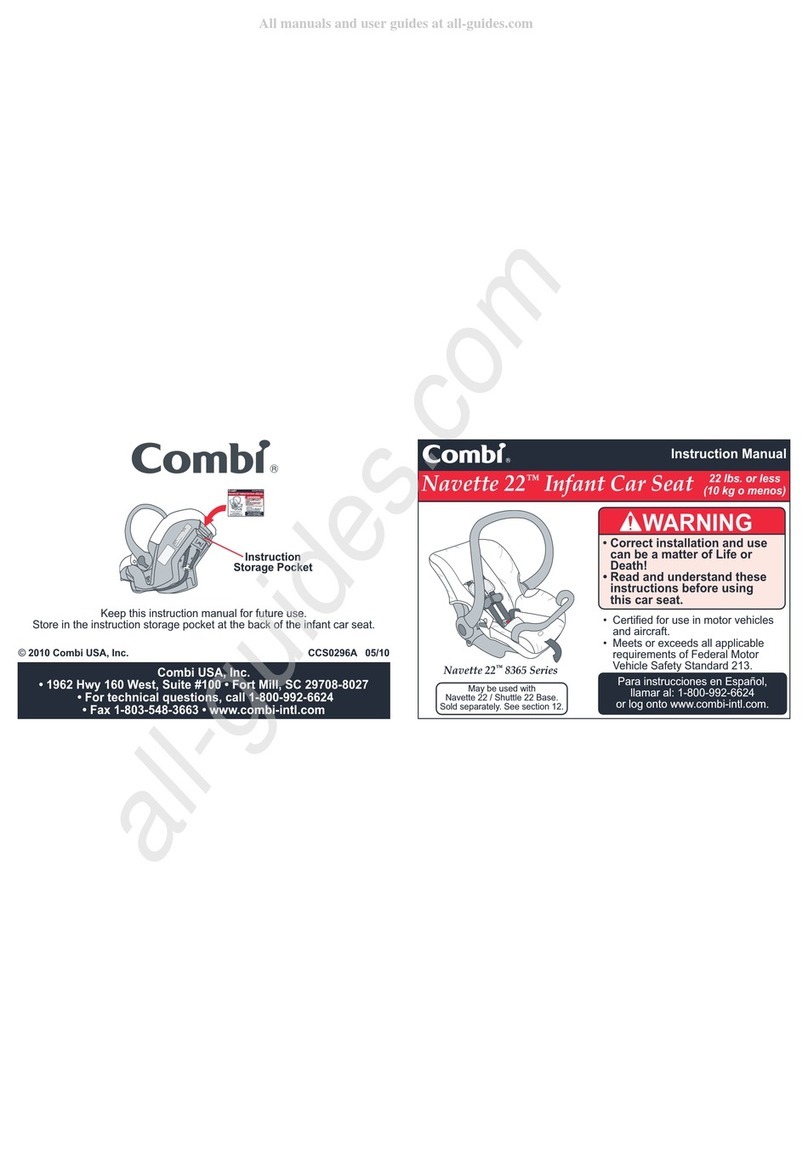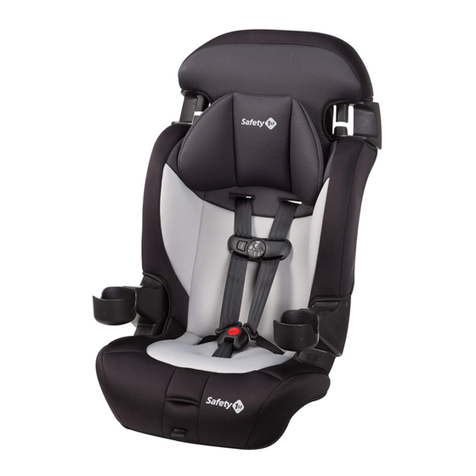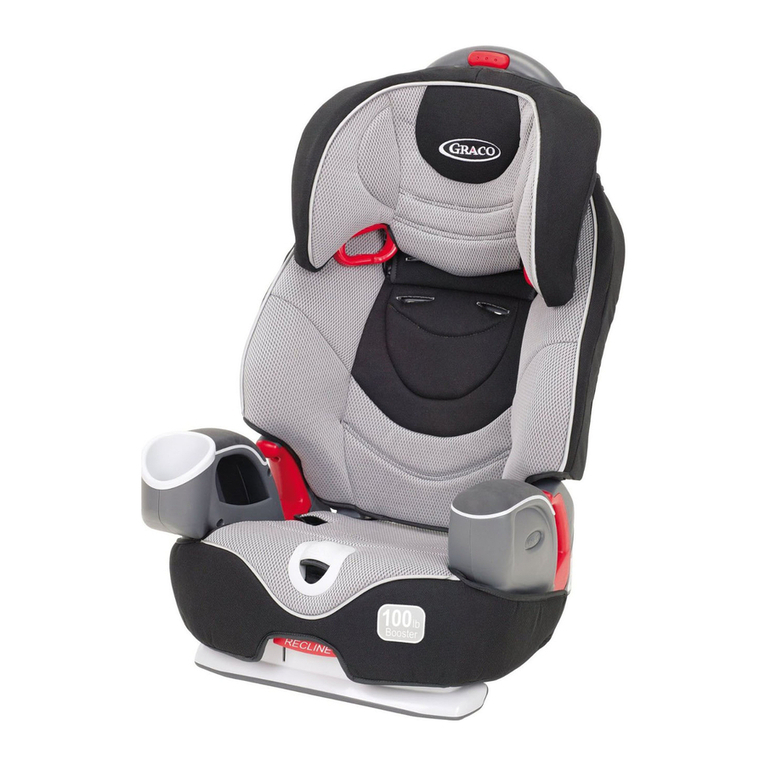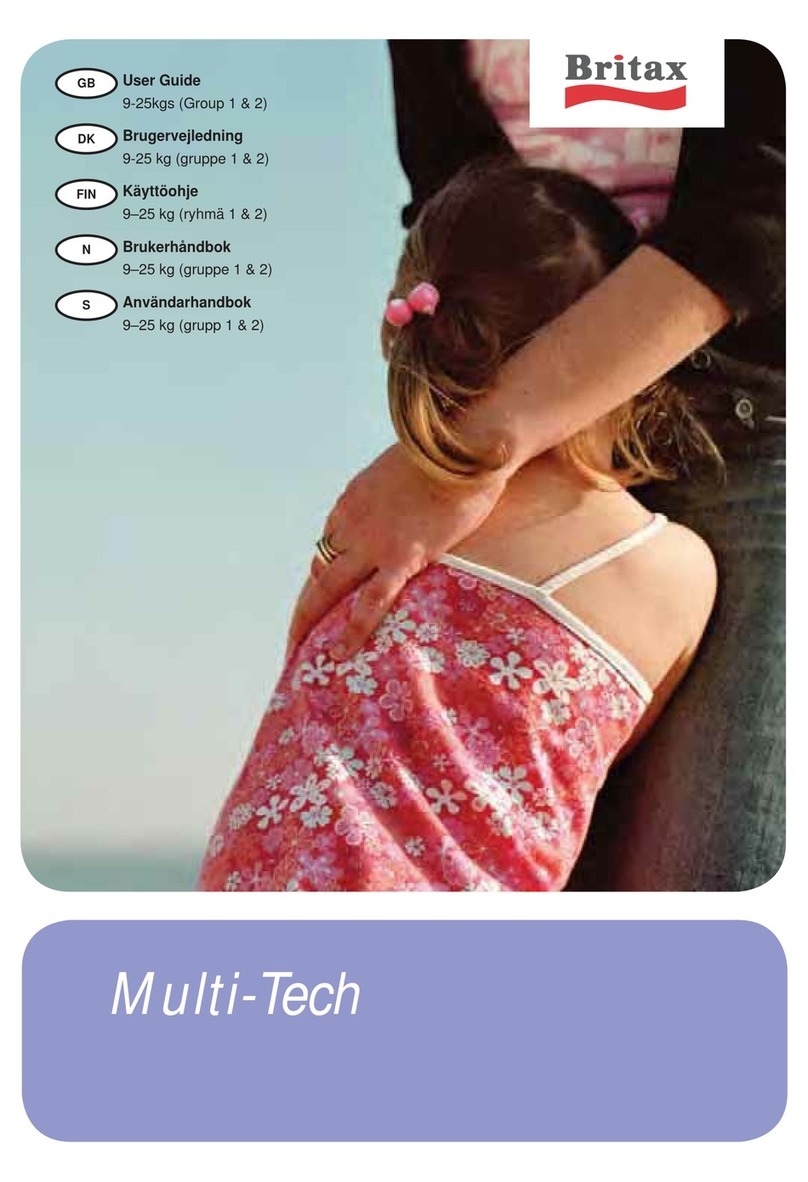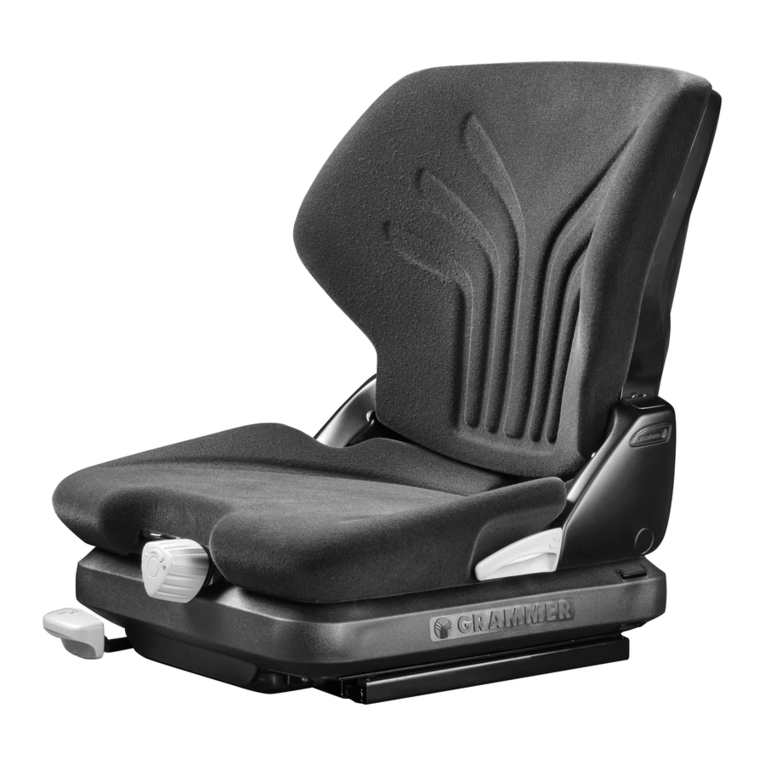
6
2WSKAZÓWKI BEZPIECZEŃSTWA
PONIŻSZE INSTRUKCJE OBSŁUGI SĄ WAŻNE.
PRZED UŻYTKOWANIEM NALEŻY PRZECZYTAĆ NINIEJSZĄ INSTRUKCJĘ I ZACHOWAĆ JĄ NA PRZYSZŁOŚĆ.
BEZPIECZEŃSTWO DZIECKA MOŻE BYĆ ZAGROŻONE, JEŚLI ZALECENIA NINIEJSZEJ INSTRUKCJI NIE BĘDĄ
STOSOWANE.
Dziecięcy fotelik samochodowy - grupa II, III, odpowiedni dla dzieci o wadze od 15 do 36 kg (w przybliże-
niu od 4 do 12 lat).
UWAGA!!!
1. Jest to „Uniwersalne" ograniczenie dotyczące fotelików dziecięcych, zgodne z Przepisem ECE (Europejska Komisja
Gospodarcza ONZ) 44.04 dotyczącym ogólnego użytkowania fotelików w pojazdach. Foteliki tego typu pasują do
większości siedzeń samochodowych.
2. Odpowiedni montaż fotelika w samochodzie możliwy jest, jeśli producent samochodu zadeklarował w instrukcji
obsługi pojazdu, że pojazd jest przystosowany do „Uniwersalnych" ograniczeń dotyczących fotelików dziecięcych tej
grupy.
3. Ograniczenie to funkcjonuje jako „Uniwersalne" na surowszych warunkach niż te zastosowane wobec wcześniej-
szych modeli, które nie posiadały tej adnotacji.
4. W razie wątpliwości należy skontaktować się z producentem albo sprzedawcą detalicznym.
Fotelik tego typu nadaje się tylko do pojazdu wyposażonego w pasy bezpieczeństwa z 3-punktową blokadą i 3-punkto-
wym elementem zwijającym, co jest zgodne z Przepisem UN/ECE nr 16 lub innymi równoznacznymi standardami.
NIEBEZPIECZEŃSTWO! Dla ochrony dziecka:
• Stosować fotelik Caretero Huggi wyłącznie do zabezpieczenia dziecka w pojeździe.
• Fotelik samochodowy należy montować w grupie II oraz III (15-36kg) jedynie przodem do kierunku jazdy używając
do tego 3-stopniowego pasa bezpieczeństwa na biodra i ukośnego na klatkę piersiową lub 3-stopniowego pasa
bezpieczeństwa na biodra i ukośnego na klatkę piersiową oraz zaczepów ISOFIX.
• Nie należy umieszczać fotelika na siedzeniu z włączoną poduszką powietrzną.
• Przed każdą podróżą należy sprawdzić, czy fotelik samochodowy jest dobrze umocowany.
• Najbezpieczniejszym miejscem do montażu fotelika w samochodzie jest tylne siedzenie.
• Należy upewnić się, że wszystkie elementy są zapięte prawidłowo, a fotelik nie jest zatrzaśnięty przez składane
siedzenia lub drzwi.
• Fotelik nie może być używany, jeśli szelki zabezpieczające dziecko w foteliku nie zostały poprawnie zapięte.
• Nie wolno używać ani przewozić fotelika bez zapięcia go na siedzeniu samochodu.
• Nie należy używać kontaktowych punktów nośnych innych niż te opisane w instrukcji i oznaczone na foteliku
samochodowym dla dziecka.
• Zabrania się użytkowania fotelika w domu jako siedziska lub zabawki.
• Podczas wypadku, w przypadku którego prędkość w chwili uderzenia przekracza 10 km/h, może dojść do
uszkodzenia fotelika, które niekoniecznie musi być widoczne. W takim przypadku fotelik należy wymienić.
• Należy pamiętać o prawidłowym przeprowadzeniu utylizacji.
• Zawsze zlecać kontrolę fotelika dla dziecka w przypadku jego uszkodzenia (np. upadku na ziemię).
• Regularnie sprawdzać wszystkie istotne elementy fotelika pod kątem uszkodzeń. Upewnić się, że w szczególności
wszystkie części mechaniczne są w pełni funkcjonalne.
• Zabrania się smarowania jakichkolwiek części fotelika.
• Nigdy nie pozostawiać dziecka znajdującego się w foteliku w pojeździe bez opieki.
• Dopilnować, aby dziecko wsiadało i wysiadało z pojazdu wyłącznie od strony chodnika.
• Chronić fotelik dla dziecka przed nadmiernym działaniem promieni słonecznych, gdy nie jest użytkowany.
• Fotelik dziecięcy może się bardzo nagrzać w wyniku bezpośredniego działania promieni słonecznych. Skóra dziecka
jest bardzo delikatna i może zostać w łatwy sposób uszkodzona.
• Im ciaśniej pasy przylegają do ciała dziecka, tym większy jest jego poziom bezpieczeństwa. Dlatego też należy uniknąć
zakładania dziecku grubej odzieży.
• Robić regularnie odpoczynki w trakcie dłuższych podróży, aby dać dziecku możliwość zabawy po wyjęciu go z fotelika.
• Użycie na tylnym siedzeniu: Przesunąć przednie siedzenie do przodu na tyle, aby dziecko nie sięgało stopami do
oparcia przedniego siedzenia (aby uniknąć niebezpieczeństwa zranienia).

